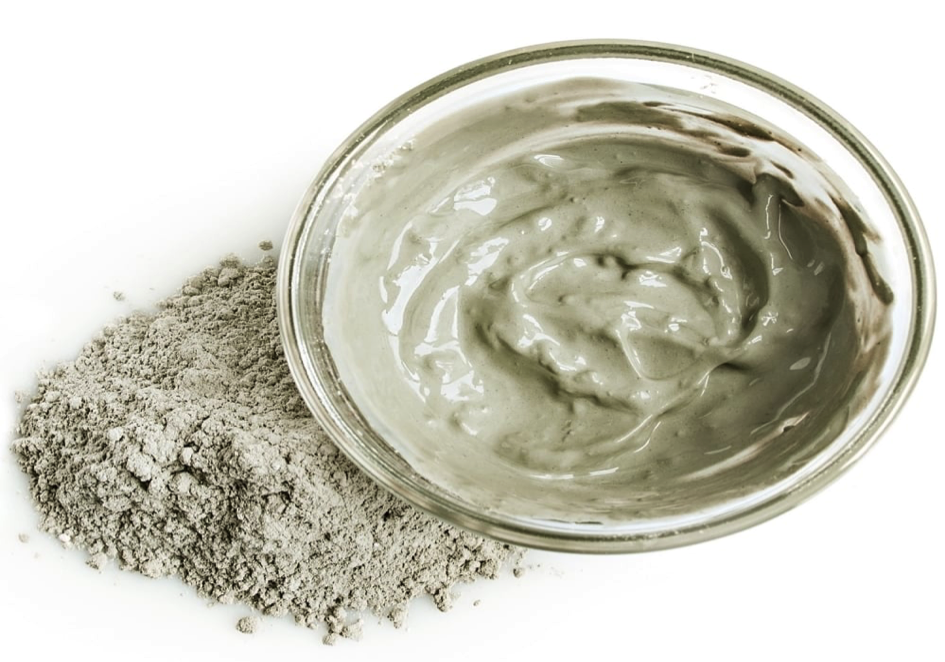
Healing Clay: Surviving Radiation Exposure
In case you missed the memo, on March 11, 2011, an enormously powerful undersea 9.0 magnitude megathrust earthquake splashed and trashed the northeastern coastline of Japan’s Tohoku region and set off a killer tsunami of devastating proportions.
Why do we care? As I wrote in November 2017 for the Daily Conspiracy, “we’re all Fukushima’d” since 50-foot tsunami waves off the coast of that city knocked out the highly radioactive fuel rod cooling systems at the Daiichi Nuclear Power Plant, owned and operated by TEPCO, the Tokyo Electric Power Company.
“The nuclear fuel rods in three out of six of the reactors overheated to the melting point. Radiation inside the nuclear reactor’s control room spiked up to 1,000 times its normal level.”
For the past eight years, poisonous radioactive materials have been exploded into the air and leaked into the ocean surrounding northeastern Japan. Officials in both the U.S. and Japan deny the severity of the situation, which is comparable to Chernobyl – only worse.
How so, worse? Because ocean currents travel each of the Northern and Southern Hemispheres, carrying both life-sustaining plankton and life-killing radiation.
Think about it: unknown levels of exceedingly toxic radiation have been leaking into the Pacific Ocean since March 11, 2011. The Japanese government, despite its best efforts and smartest scientific and engineering minds, has not been able to contain the radiation leaks.
We’re talking about radiation that is so strong that high-tech underwater repair robots literally melted before they could access their targeted underwater clean-up sites.
Cesium is a strong form of gamma radiation that is particularly dangerous because its atoms dissolve in water – as in sea water.
Gamma rays can destroy cell function, alter cellular DNA, and cause mutations when cells divide. When enough cells mutate, cancer is often the result. When enough cells die, the organism ceases to live.
A July 2018 study found that background levels of lethal cesium-137 radiation were twice as high in samples of California wines bottled before March 11, 2011 (the date of the Fukushima nuclear disaster) as compared to the same wines bottled after that date.
The study described the amount of cesium-137 measured as being “barely detectable” – but, when talking about radiation, it’s a bit like being “barely pregnant.” It takes some forms of radiation a very long time to exit the body after absorption. Radiation builds up in the body over a lifetime.
That’s why dental staff go into another room while you get x-rays of your teeth, by the way. Regular exposure to even low doses of radiation can be exceedingly hazardous to humans and all other life forms.
In Japan, on the other side of the Pacific Ocean, TEPCO announced they won’t be able to begin extracting highly radioactive fuel until 2021 at the earliest. The fuel ponds in reactors 1 and 2 will have two additional years for cleaning, in 2023.
Why aren’t we hearing alarm bells about Fukushima radiation wafting toward the northwestern American coastline by air and by sea? There’s a surprisingly good – and disturbing – reason.
On May 28, 1959, the World Health Organization (WHO) voted into force an agreement with the International Atomic Energy Agency (IAEA) which basically gave the IAEA veto power on any actions by the WHO related in any way to nuclear power. Consequently, the WHO is blocked from performing its duties, among which are to investigate and warn of the dangers of nuclear radiation on human health.
Dr. Helen Caldicott is a physician and one of the world’s most avid and active anti-nuclear advocates. She has served as president of the U.S.-based Nuclear Policy Research Institute, later called Beyond Nuclear, since it was founded in 2001. This subject matter expert minced no words when dispensing health advice about the subject of Fukushima radiation poisoning, as reported on March 21, 2019, in GlobalResearch:
“Do not eat any Japanese food because you don’t know where it’s sourced. Do not eat fish from Japan, miso, rice, you name it. Do not eat Japanese food. Period. Fish caught off the west coast of Canada and America? Well, they’re not testing the fish so I don’t know what you’d do.”
12 months before that, in March 2018, a senior scientist at the Woods Hole Oceanographic Institution in Woods Hole in Massachusetts named Ken Buesseler said that the “U.S. and Canadian coastal waters in the Pacific are contaminated, analyses show, but radiation levels are still well below federal standards set by the Environmental Protection Agency.”
Of course, we know now that only four months after that report, EPA administrator, Scott Pruitt resigned (in July 2018) over numerous, alleged ethical violations. Can we believe the EPA about hazards, present, and future, posed by Fukushima toxins?
Whether you trust your federal government or not, one sure-fire way to counteract harmful radiation from any and all sources – Fukushima or otherwise – is to ingest certain types of healing clays. We’re talking about eating or drinking small amounts of “mud,” people.
Bentonite clay, in particular, has been hailed for thousands of years as capable of purging the body of toxins and healing rashes, poisoning, diarrhea, dysentery, and infections of the skin and mouth.
Bentonite clay is so-named for the location of the world’s largest deposit: Fort Benton, Wyoming. It was discovered in France originally, in the French region Montmorillon and is also called Montmorillonite.
Bentonite clay is also jam-packed full of essential trace minerals that are so important to overall good health – including silica, calcium, magnesium, sodium, iron, and potassium. Many people are not getting enough of these vital nutrients and build up deficiencies over time that often get overlooked as part of a gradual decline of energy, mood or another physiological symptom.
CAUTION: Bentonite clay also contains aluminum so anyone with a sensitivity or allergy to that metal should consult with a healthcare professional before using it therapeutically.

Recent Comments